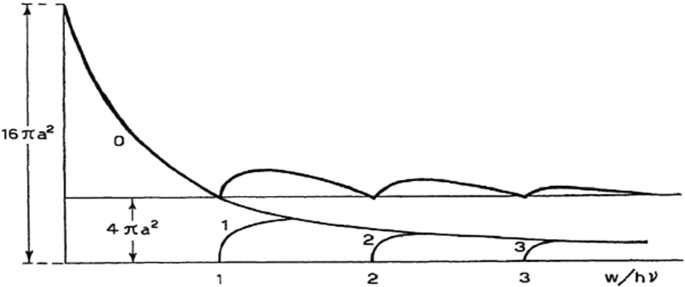Fermi's ground-breaking figure: How the radial wave function transformed physics

One way to better understand an atom is to shoot a particle at it and infer the atom's properties based on how the particle bounces off it. In the mid-1930s, the physicist Enrico Fermi showed that one measurable number—the scattering length—illuminated everything that could be known about an electron scattering off an atom, or a neutron scattering off a nucleus.
In a new paper in EPJ Historical Perspectives on Contemporary Physics, Chris Gould from North Carolina State University in Raleigh, U.S., explains how Fermi's simple sketch of a radial wave function laid the groundwork for a better understanding of low energy scattering phenomena, and led in turn to the concept of the pseudopotential, widely used in many areas of physics, including ultracold atom research and studies of qubits in realizations of quantum computers.
In Fermi's atomic physics paper, published in 1934, his sketch of a radial wave function—the value of a wave function at some distance from a scatterer—was the clue that led him to understand a puzzling result in atomic spectroscopy.
In his neutron physics paper, published in 1936, Fermi went in a different direction, employing the scattering length concept to introduce a new idea—the pseudopotential, a potential well with a radius of zero—to correctly predict how a neutron scatters in paraffin.
Gould concludes that Fermi's extraordinary intuition enabled the physicist to apply concepts to seemingly unrelated areas, and to develop ideas that impact the world of quantum physics to this day.
More information: Christopher R. Gould et al, Fermi's favorite figure: the history of the pseudopotential concept in atomic physics and neutron physics, The European Physical Journal H (2022). DOI: 10.1140/epjh/s13129-022-00042-z
Provided by Springer





















